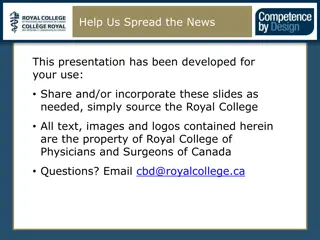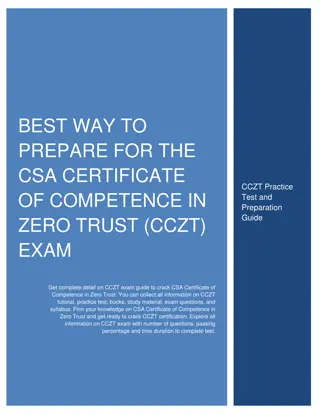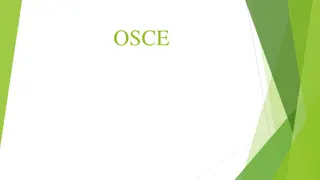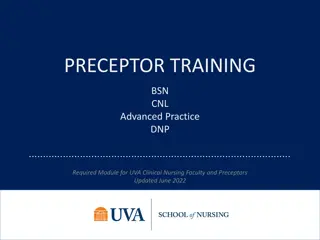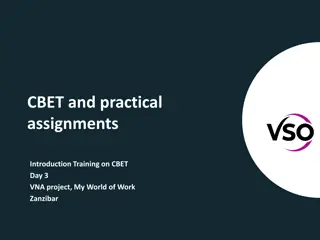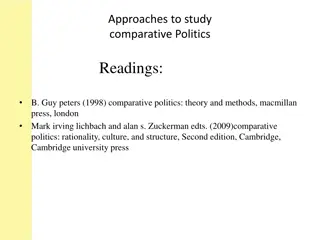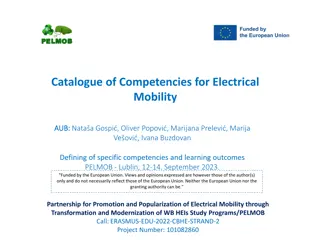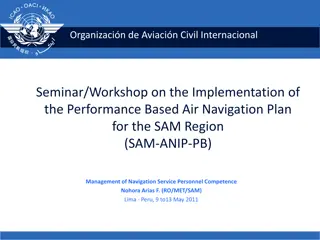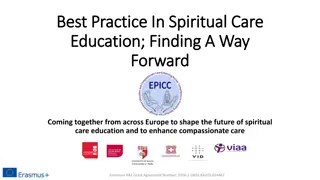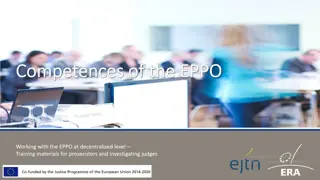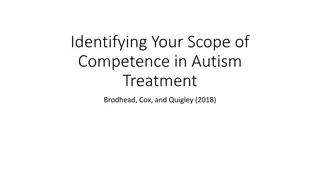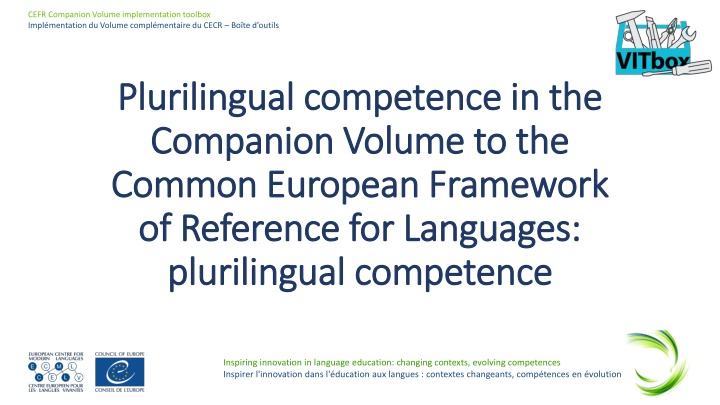
Plurilingual Competence in Language Education
Delve into the concept of plurilingual competence and how it impacts language learning and teaching. Explore the distinction between plurilingualism, pluriculturalism, and communicative competence, and learn how individuals adapt to multiple languages and cultures through their linguistic repertoire in this innovative language education context.
Download Presentation

Please find below an Image/Link to download the presentation.
The content on the website is provided AS IS for your information and personal use only. It may not be sold, licensed, or shared on other websites without obtaining consent from the author. If you encounter any issues during the download, it is possible that the publisher has removed the file from their server.
You are allowed to download the files provided on this website for personal or commercial use, subject to the condition that they are used lawfully. All files are the property of their respective owners.
The content on the website is provided AS IS for your information and personal use only. It may not be sold, licensed, or shared on other websites without obtaining consent from the author.
E N D
Presentation Transcript
CEFR Companion Volume implementation toolbox Impl mentation du Volume compl mentaire du CECR Bo te d outils Plurilingual competence in the Plurilingual competence in the Companion Volume to the Companion Volume to the Common European Framework Common European Framework of Reference for Languages: of Reference for Languages: plurilingual competence plurilingual competence Inspiring innovation in language education: changing contexts, evolving competences Inspirer l'innovation dans l' ducation aux langues : contextes changeants, comp tences en volution
Pluricultural or multicultural competence? Pluricultural or multicultural competence? The CEFR makes a distinction between plurilingual and pluricultural competence and multilingual and multicultural competence. A country, a city, a classroom is multilingual An individual is plurilingual Inspiring innovation in language education: changing contexts, evolving competences Inspirer l'innovation dans l' ducation aux langues : contextes changeants, comp tences en volution
What is Plurilingual competence? What is Plurilingual competence? The concept of plurilingual and pluricultural competence introduced a change in how the concept of communicative competence is applied in language learning and teaching. The concept of communicative competence (Hymes, 1972) already included the idea of the speaker using their knowledge of other languages. In 1992 Hymes states: the competence of a person in a language is partly and variably a function of other languages he or she may know and use (Hymes, 1992, p. 37). Inspiring innovation in language education: changing contexts, evolving competences Inspirer l'innovation dans l' ducation aux langues : contextes changeants, comp tences en volution
What is Plurilingual competence? What is Plurilingual competence? The concept of plurilingualism in the CV to the CEFR goes a step further, as it considers the speaker as an active social agent that, dealing with several languages, needs to adapt to otherness, as several languages also mean several cultures. Plurilingualism is also related to the term translanguaging having a linguistic repertoire of combined linguistic features and to the term code-switching although plurilingual individuals do not really switch from one language to another, but instead, use their whole linguistic competence to communicate. Inspiring innovation in language education: changing contexts, evolving competences Inspirer l'innovation dans l' ducation aux langues : contextes changeants, comp tences en volution
How is How is Plurilingual competence Plurilingual competence introduced in language teaching and introduced in language teaching and learning? learning? Plurilingual competence is a paradigm shift in the teaching and learning of languages (Coste, Moore & Zarate, 2009) in the sense that it presents a holistic view of language, identity and culture. Encouraging plurilingual competence helps the speaker, as a social actor, be linguistically aware and capable of using their language repertoire effectively. Partial competence of a language is not seen as a disadvantage, but as part of a plurilingual competence. Inspiring innovation in language education: changing contexts, evolving competences Inspirer l'innovation dans l' ducation aux langues : contextes changeants, comp tences en volution
Plurilingual competence in the CV to the CEFR Plurilingual competence in the CV to the CEFR Plurilingual and pluricultural competence Building on plurilingual repertoire Plurilingual comprehension Inspiring innovation in language education: changing contexts, evolving competences Inspirer l'innovation dans l' ducation aux langues : contextes changeants, comp tences en volution
Plurilingualism Plurilingualismbeyond the CV beyond the CV The CV specifies that developing plurilingual and pluricultural descriptors linked to CEFR levels has the goal of helping curriculum developers and teachers (Companion Volume, p. 124). In the European context, there are other tools that have been created to deal with the complex notion of plurilingualism; European Language Portfolio (ELP) Framework of Reference for Pluralistic Approaches (FREPA) Inspiring innovation in language education: changing contexts, evolving competences Inspirer l'innovation dans l' ducation aux langues : contextes changeants, comp tences en volution
If you want to know more If you want to know more Coste, D., Moore, D., & Zarate, G. (2009). Plurilingual and pluricultural competence. Strasbourg: Council of Europe. Council for Cultural Cooperation Education Committee (2000). European Language Portfolio. Principles and Guidelines. https://www.coe.int/en/web/portfolio Grima, A. C., Candelier, M., Castellotti, V., De Pietro, J. F., L rincz, I., Mei ner, F. J., & Schr der-Sura, A. (2012). FREPA: A Framework of Reference for Pluralistic Approaches to Languages and Cultures: Competences and Resources [Referentiekader Voor Pluralistische Benaderingen Van Talen en Culturen]. Council of Europe. Hymes, D. (1972). On Communicative Competence. In: J.B. Pride & J. Holmes (eds.). Sociolinguistics. Harmondsworth: Penguin Books, 269-293. Hymes, D. (1992). The concept of communicative competence revisited. In: M. Putz (ed). Thirty years of linguistic evolution: studies in honour of Rene Dirven on the occasion of his sixtieth birthday. Philadelphia: J. Benjamins Pub. Co., 31-57. Lau, S. M. C., & Van Viegen, S. (2020). Plurilingual pedagogies: An introduction. In: S. M. C. Lau & S. van Viegen (eds.). Plurilingual pedagogies: Critical and creative endeavors for equitable language in education. Springer, 3-22. Piccardo, E. (2013). Plurilingualism and curriculum design: Toward a synergic vision. In: TESOL Quarterly, 47(3), 600-614. Piccardo, E., North, B. & Goodier, T. (2019). Broadening the Scope of Language Education: Mediation, Plurilingualism, and Collaborative Learning: the CEFR Companion Volume. In: Journal of e-Learning and Knowledge Society, 15(1), 17-36. Italian e-Learning Association. Retrieved November 11, 2020 from https://www.learntechlib.org/p/207532/. Inspiring innovation in language education: changing contexts, evolving competences Inspirer l'innovation dans l' ducation aux langues : contextes changeants, comp tences en volution



